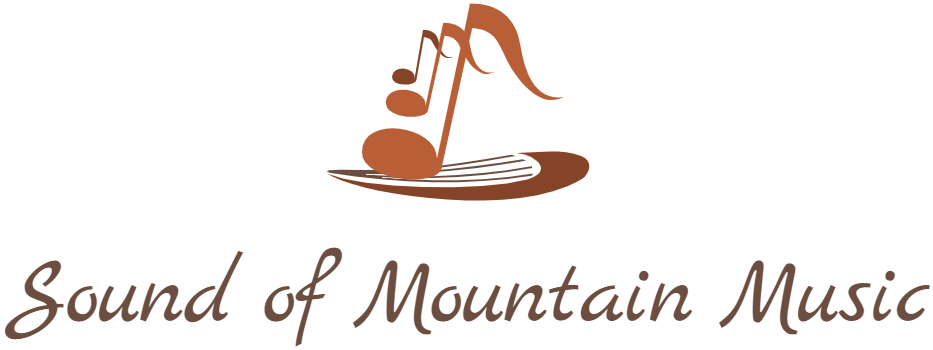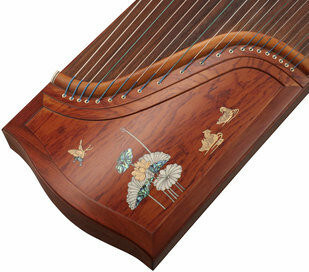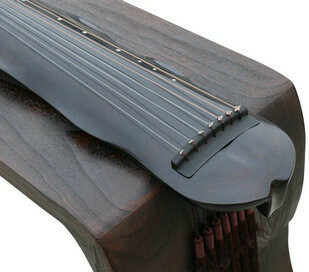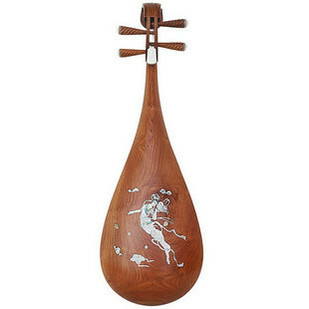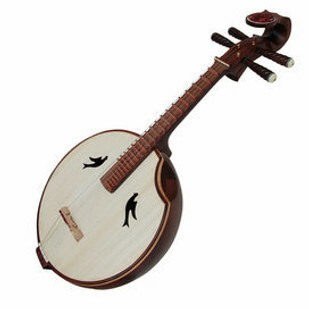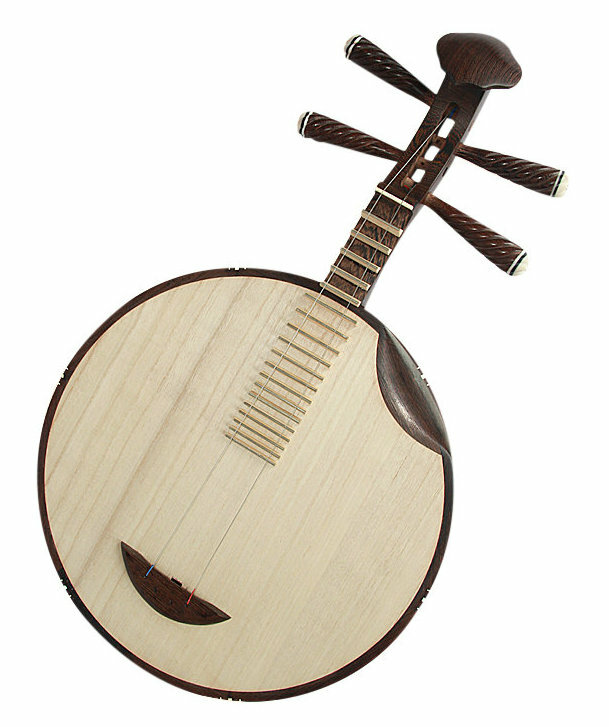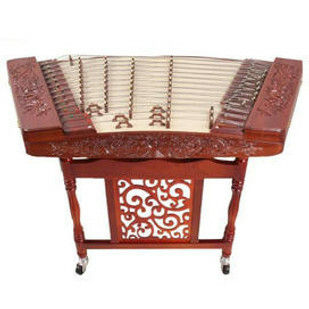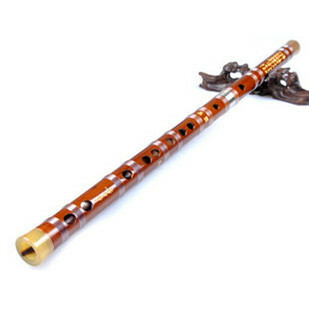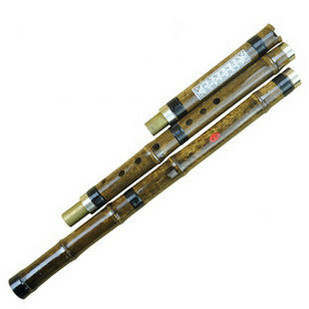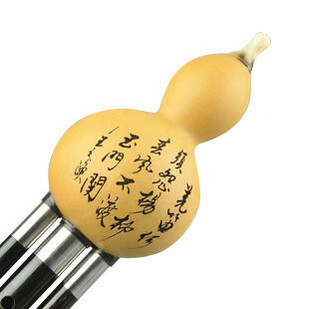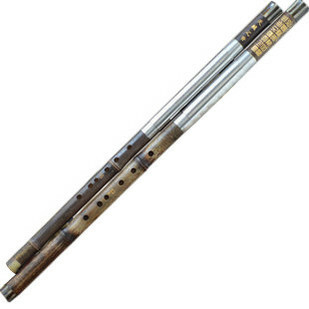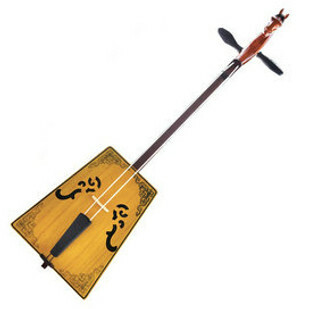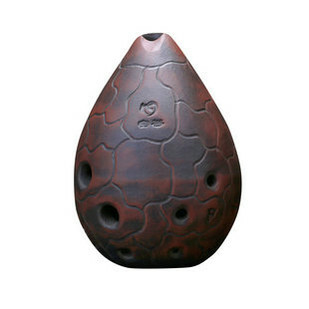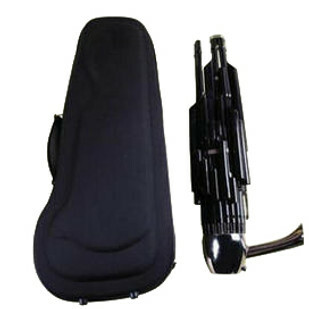9th Jan 2025
A Journey of Combining Chinese and Western Music - Violin and Erhu at the Concert
The erhu and violin are representative stringed instruments belonging to both the East and the West. If the violin and erhu are played together, what unique and wonderful effects will they create? This ensemble requires the combination of different playing traditions and techniques from the East and the West, so that the two instruments can complement and blend in with each other during the playing process, in order to showcase their unique beauty.
Violin, a bowed string instrument from the West. Its timbre is beautiful, its range is wide, it can play light melodies, and it has rich artistic expression. Erhu, as one of the representatives of traditional Chinese instruments, has a unique tone and playing style. Its tone is subtle and expressive, capable of expressing various complex emotions, especially adept at expressing sad melodies. With the exchange and exchange of art between the two sides, they will also play each other's works. However, due to the differences in timbre and playing rhythm between the two, it is required to have similarities and differences in ensemble communication.
In the ensemble of violin and erhu, it is mainly necessary to achieve harmony in terms of timbre, balance the volume and timbre of both, and adjust the overall coordination through playing techniques, so that the two timbres can blend together and form a harmonious whole. When playing the violin and erhu, different playing intensities are required to maintain a balanced volume between the two. The violin can adjust its volume by controlling bow pressure and bow speed, while the erhu can control its volume by adjusting the tension of the bow and strings. The sound of violin is usually relatively pure, while the sound of erhu tends to be deep and powerful in expression. In the ensemble of violin and erhu, it is necessary to constantly pay attention to each other's performance, adjust their playing speed and rhythm in a timely manner, and use similar musical expressions and dynamic changes to enhance the coordination and overall sense of the ensemble.
Choosing suitable music pieces is crucial for achieving timbre harmony during ensemble performances. The selected musical works must fully utilize the characteristics and advantages of both violin and erhu, while also promoting the integration between the two.
When the violin and erhu are played together, they can create a unique music in their own way, which combines the elegance and softness of the violin with the depth and sadness of the erhu. This ensemble not only showcases the unique charm of two instruments, but also blends Eastern and Western music cultures together, bringing listeners a brand new experience. This ensemble style not only enriches the expressive power of music, but also promotes the exchange and integration of Chinese and Western music cultures.
In the world of music, violin and erhu represent two different musical traditions, one in China and the other in the West. The violin has won the love of many music enthusiasts with its elegant posture and gentle tone; The erhu, as a treasure of traditional Chinese instruments, has become a unique symbol of Chinese culture with its deep and expressive tone.
